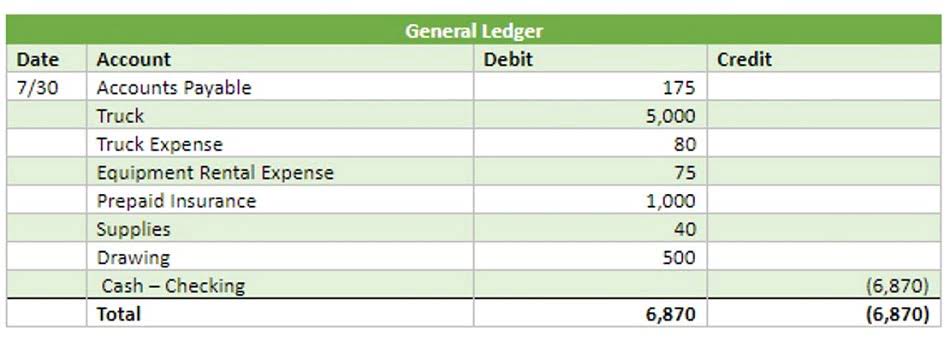
Cumulative FLUC from 1850 until the present day by these two BK models is 205±60 PgC in the Global Carbon Budget 2019 (Friedlingstein et al., 2019; GCB2019 in the following). The FLUC uncertainty after 1959 has been defined by best value judgement that there is a 68 % likelihood that actual FLUC lies within ±0.7 PgC yr−1 of the two models’ mean, and for earlier periods, the standard deviation of a group of DGVMs was used. This uncertainty range reflects uncertainties in parameterisations of the BK models, in the applied land-use change forcings as well as definitions, processes considered, and is large enough to encompass the two models’ estimates.
Regional websites

In the nine main experiments, the cumulative net LULCC flux is at least 201 PgC (HI850) and at most 264 PgC (LO1850). The relative change due to neglecting gross transitions is similar across LULCC setups, and for REG1700net the cumulative net LULCC flux is reduced to 211 PgC. Wood harvest causes the largest sensitivity in the cumulative net LULCC flux (the flux in REG1700NoH is 175 PgC).
What Is an Accounting Method?
Cash accounting reports revenues and expenses as they are received and paid through cash inflows and outflows. Under accrual accounting, the construction company would recognize a percentage of revenue and expenses corresponding to the portion of the project that was completed. How much actual cash is coming into the company, however, would be evident in the cash flow statement.
- Since harvest is provided in the LUH2 dataset based on the cover type (forest or non-forest), transitions are not used in BLUE when the cover type does not match.
- A certain fraction of aboveground biomass carbon was assumed as being released into the atmosphere within the same year as deforestation occurred, representing the common usage of fire for land clearing33.
- The baseline SSP4 scenario (SSP4-6.0) represents an evolution of progress with high agricultural productivity and environmental policies (reduced deforestation, re- and afforestation, etc.) in high-income countries and the opposite in low-income countries.
- The mass of dislocated carbon is then distributed among different slash andproduct pools (Alloc), with specific response curves with different decaytimes (t).
- At the end of the historical LULCC dataset in 2014, the LULCC uncertainty retains some impact on the net LULCC flux (±0.15 PgC yr−1 at an estimate of 1.7 PgC yr−1).
- The second component carbon sink over intact land (SIntact) denotes the carbon balance over all lands that have remained intact from human perturbation since preindustrial times (defined as 1700) or have recovered to a similar status as intact ecosystems.
A1 Preparation of LUH2 data for BLUE

If one scenario has continuously more LULCC than another, it will continue to produce a larger net LULCC flux, and therefore no crossing points will occur. However, if the rate of LULCC varies differently with time in two scenarios, then the simulation with an initially larger number of LULCC activities exhibits fewer transitions towards the end. More information on properties and origins of crossing points in our analysis is given in Appendix B1. Table 3Overview of future sensitivity experiments, continued from simulations with starting year 1700 for all three LULCC scenarios (see Table 2). In addition to the nine main experiments, we conduct 30 sensitivity experiments (Tables 2 and 3) in order to (i) compare the sensitivity due to LULCC and StYr to other LULCC properties and (ii) to assess how historical uncertainty propagates into future scenarios. LC is the lead author, and she co-developed the method and conducted analyseswith GH, RS, SF, SS, and KKG.

Quantifying the uncertainties from each source requires controlled simulations to separate their effects. The uncertainty of agricultural area is largest at the beginning of the time series (Fig. A1b) and decreases with time. In 850, the uncertainty around the baseline scenario is about 50 % for pasture and crop area, of which 1 % remain in 2014 (Fig. A1b). This initial uncertainty of secondary land is due to division of rangelands into secondary land and pasture for BLUE and is accounted to rangelands in bookkeeping model the LUH2 data.

Cash accounting reports revenues and expenses as they are received and paid Bookstime through cash inflows and outflows; accrual accounting reports them as they are earned and incurred through sales and purchases on credit and by using accounts receivable and accounts payable. Both BLUE and HN2017 add emissions from peat burning (van der Werf et al., 2017) and drainage (Hooijer et al., 2010) in a post-processing step. For easier comparison of direct model output, we do not include these post-processing steps.
- ELUC is an overall carbon source to the atmosphere because carbon emissions from land clearance generally outweigh sinks from afforestation and reforestation9.
- Additionally, BLUE shows an increase in FLUC in CHN for the 2010s, while HN2017 estimates a sink due to afforestation.
- In North America, the carbon sink was completely dominated by intact forest while managed forest was carbon neutral, likely driven by large amounts of industrial wood harvest concurrent with a very low net forest gain according to the LUC forcing data used.
- Although total harvest biomass is designed to be equal across scenarios after (Hurtt et al., 2020), this is not true for harvested area, since harvested area is derived such that the demanded harvested biomass can be fulfilled.
- Thus, the same total uncertainty is present in the LUH2 dataset and the data prepared for BLUE.
- Modeled biomass–age relationships were then evaluated against this database for different forest types (Supplementary Fig. 7, Supplementary Table 2).
LUC and its component fluxes

Globally, SIntact is a carbon sink driven mainly by environmental changes, including climate change, atmospheric CO2 growth, and nitrogen deposition10. In contrast, ELUC is impacted by both direct human management actions, and environmental changes and variations. These results are also largely consistent with the findings of Hurtt et al. (2011), in which the contributions of shifting cultivation and wood harvesting were the model factors that the simulation output, in terms of the net LULCC flux, was most sensitive to. In comparison to Hurtt et al. (2011), it can be noted that sensitivities might look different in other metrics like forest age or area. Although the spatial and temporal representation of these processes has been significantly improved in LUH2 (versus LUH1), the choice of whether or not to include these processes in DGVM simulations is still a large contributor to the overall uncertainty in LULCC fluxes. We suggest that to explain carbon cycle variations and to seek a better constraint on climate–carbon cycle feedbacks, more research attention should be directed toward the vast areas of managed land.
- We found that managed land contributes 30–45% of the IAV of Snet, in stark contrast to only 5% when ELUC was derived by bookkeeping models.
- The simulation outputs were compared across a variety of metrics and diagnostic tools including secondary area and mean age, global gross and net transitions, and cumulative gross and net loss of aboveground biomass.
- In SEAS, cumulative FLUC is reduced when using HN2017 parameters (SHNFull) but with a higher RMSDHN-BLUE.
- Abandonment and crop expansion (Fig. A2a) are of similar magnitude due to shifting cultivation dominating gross LULCC (not shown), especially until 1750.
- Figure 1Schematic description of the BLUE model set up and of the changesmade in each of the factorial simulations (highlighted in blue boxes andsummarised in Table 2).
It’s a great choice for anyone who needs a simple bookkeeping solution that will allow them to manage their expenses and income quickly. These are individual entries in journals or ledgers that summarize each business transaction. These are reports containing a summary of the business’s income and expenses for a specific timeframe. Developed the ORCHIDEE model combining LUC with the cohort functionality, performed the simulation, and analyzed all results.
Improved ORCHIDEE model with sub-grid land cohorts
The simulation with net transition (SBL-Net) reduces differences in the average and interannual variability of FLUC estimates from BLUE and HN2017. The contribution of gross income statement to FLUC is smaller than previous estimates (15 %–38 %, Arneth et al., 2017; Fuchs et al., 2015; Hansis et al., 2015) and also lower than in earlier BLUE simulations that used the same rule. Cancelling of primary and secondary land clearing, with primary first, gave 24 % lower emissions in Hansis et al. (2015). The differences are likely explained by the substantial changes that came in with the change from LUH1 to LUH2 versions, in particular the change to Heinimann et al. (2017) shifting cultivation maps. It should be noted that the extent of the LULCC areas in BLUE sometimes differs from the LUH2 input dataset, even for the nine main experiments, mainly because of a mismatch in PFTs between the LUH2 (harvest) input and the BLUE model. For simulations that started in 1700 and 1850, the difference in primary land extent in 2014 is at most 4 % (Fig. A5), which is also true for REG and LO in 850.
